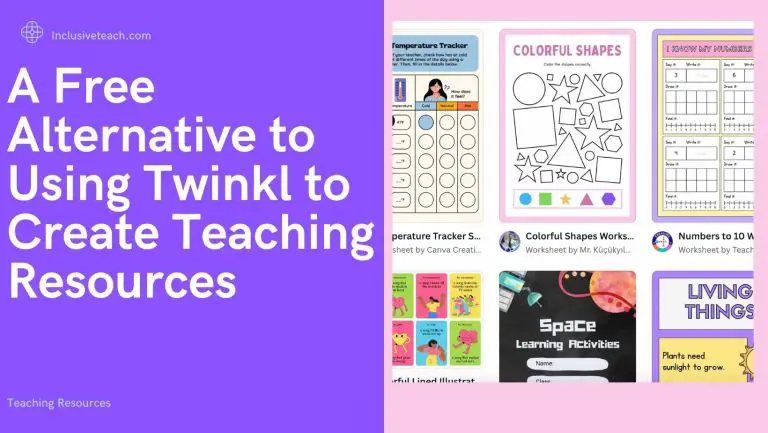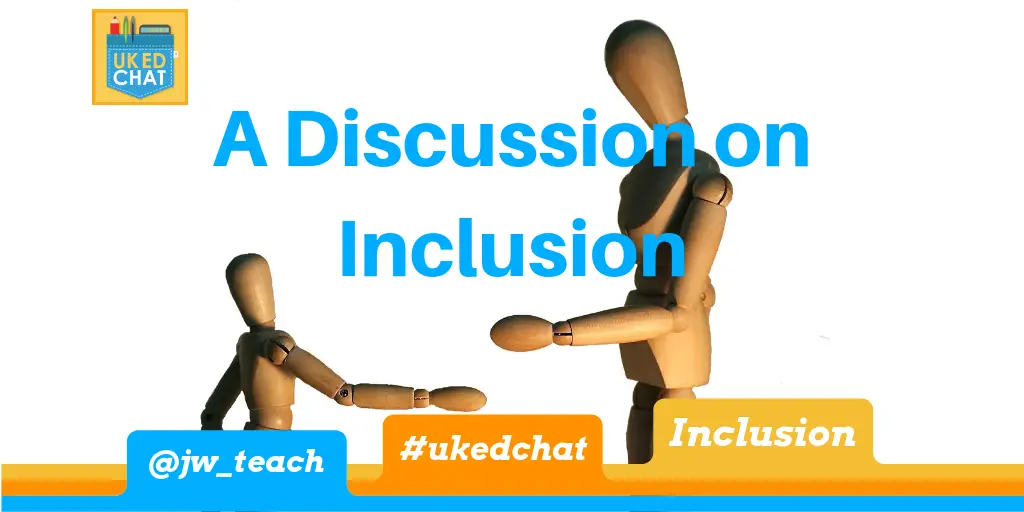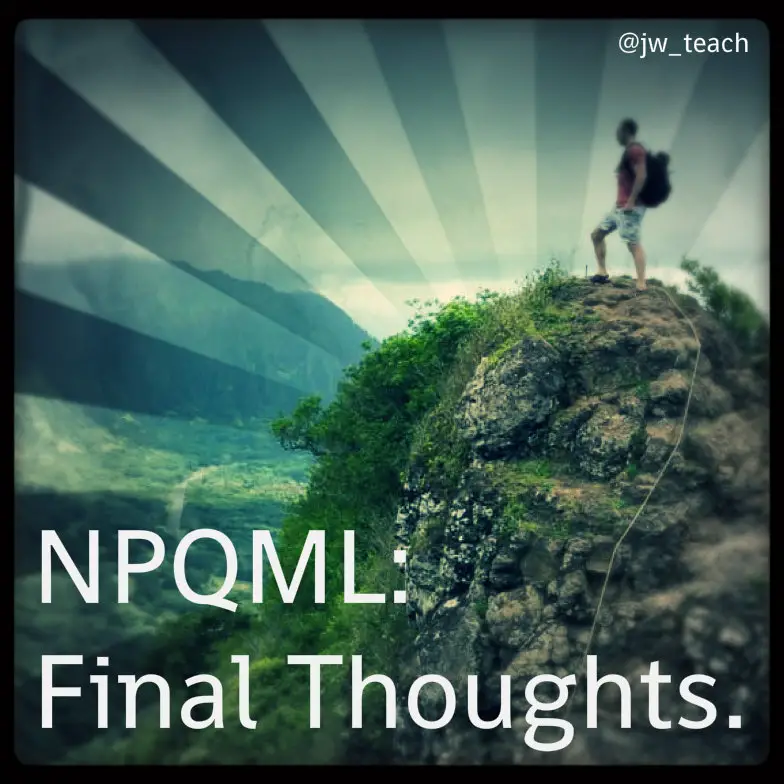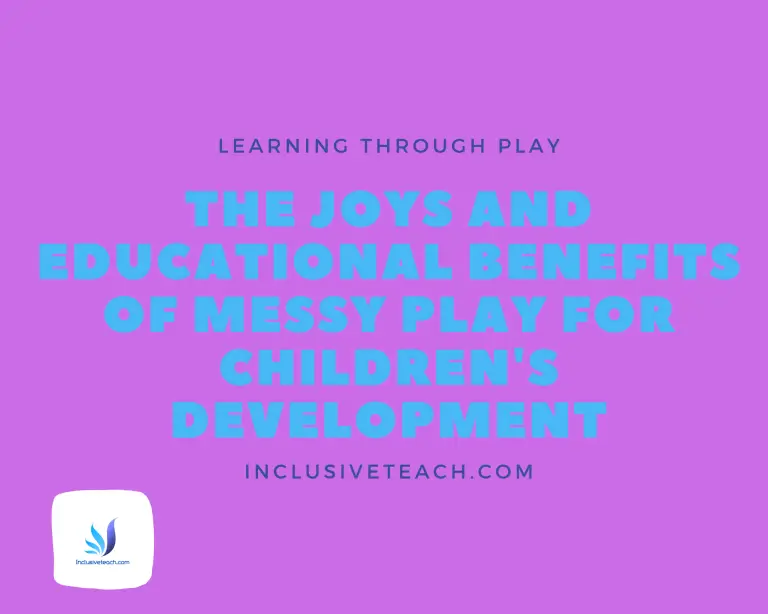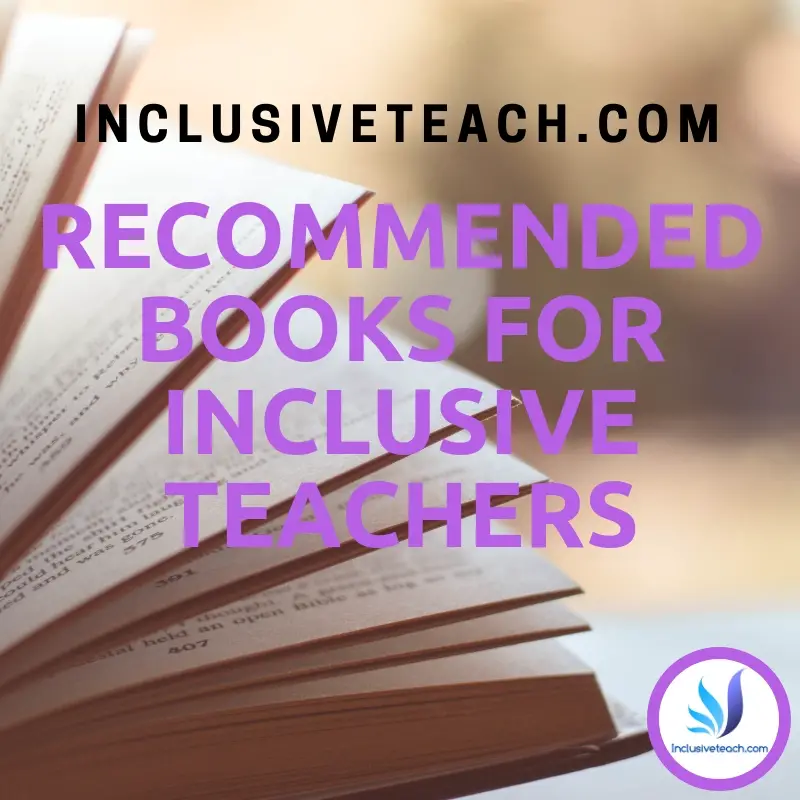Education and the Metaverse
Teaching in the Educational Metaverse
When Mark Zuckerberg announced Facebook’s rebranding into Meta in October 2021 the word Metaverse spread throughout the world. To see the potential benefits and pitfalls of this for education we need to look beyond the publicity and hype. Now in 2023 usage and hype have plummeted which allows us to have conversations about the educational uses of the metaverse.
The vast majority of people are detached from the tech-rabbit hole of blockchain, crypto and AI. What exactly is the Metaverse? Is this the next technological revolution or is Mark selling a dream to Investors? What impact will this have on education in general, and for us Special Education?
The term Metaverse has its origins in the 1992 science fiction novel Snow Crash as a portmanteau of “Meta” and “universe”. The basic concept can be seen in games such as Roblox, the film “Ready Player One“, and even in immersive spaces.
A Metaverse is an experience that transcends beyond our tangible reality. There are already multiple companies developing their own immersive virtual worlds. Metaverses are networks of 3D virtual worlds that currently focus on social connection. Online spaces that allow people to interact. Minecraft enthusiasts and some Myst players have already experienced a taste of the main idea and purpose behind a Metaverse: to experience a virtual reality that should be an enhancement of reality itself. One that removes the barriers to exploration and access that exist in physical spaces (and arguable replaces them with others)
Technology For Accessing The Metaverse
Any Metaverse is about reality and immersion, and usually has a financial element. Any Educational Metaverse Ecosystem requires a substantial amount of underlying technology. This includes building and accessing. I will look at key areas below and the potential issues/benefits they could bring to SEN teaching and learning in schools
Educational Metaverse Software.
The success of Educational Metaverse worlds in education will ultimately depend on the user friendliness of the software. Both in terms of exploring/using the virtual world and in creating it. The screenshot below shows the OVRbuilder I used to create my sensory story environment. It is a pretty steep learning curve. This means there will companies selling ready made learning environments and making money from schools. For teachers to embrace this it needs to be as easy as powerpoint. Maybe one day it will be. Many young people are minecraft experts and this has the same basic principles.
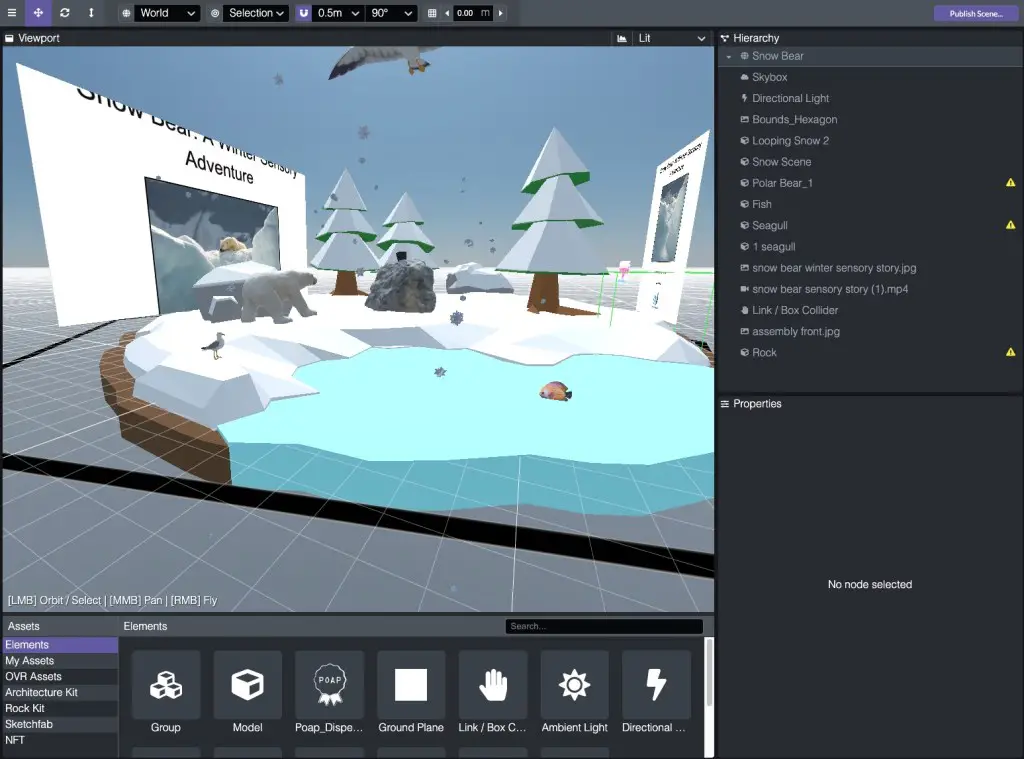
VR
Virtual Reality(VR) technology has developed dramatically over the last few years many companies are investing heavily in the development of these technologies.
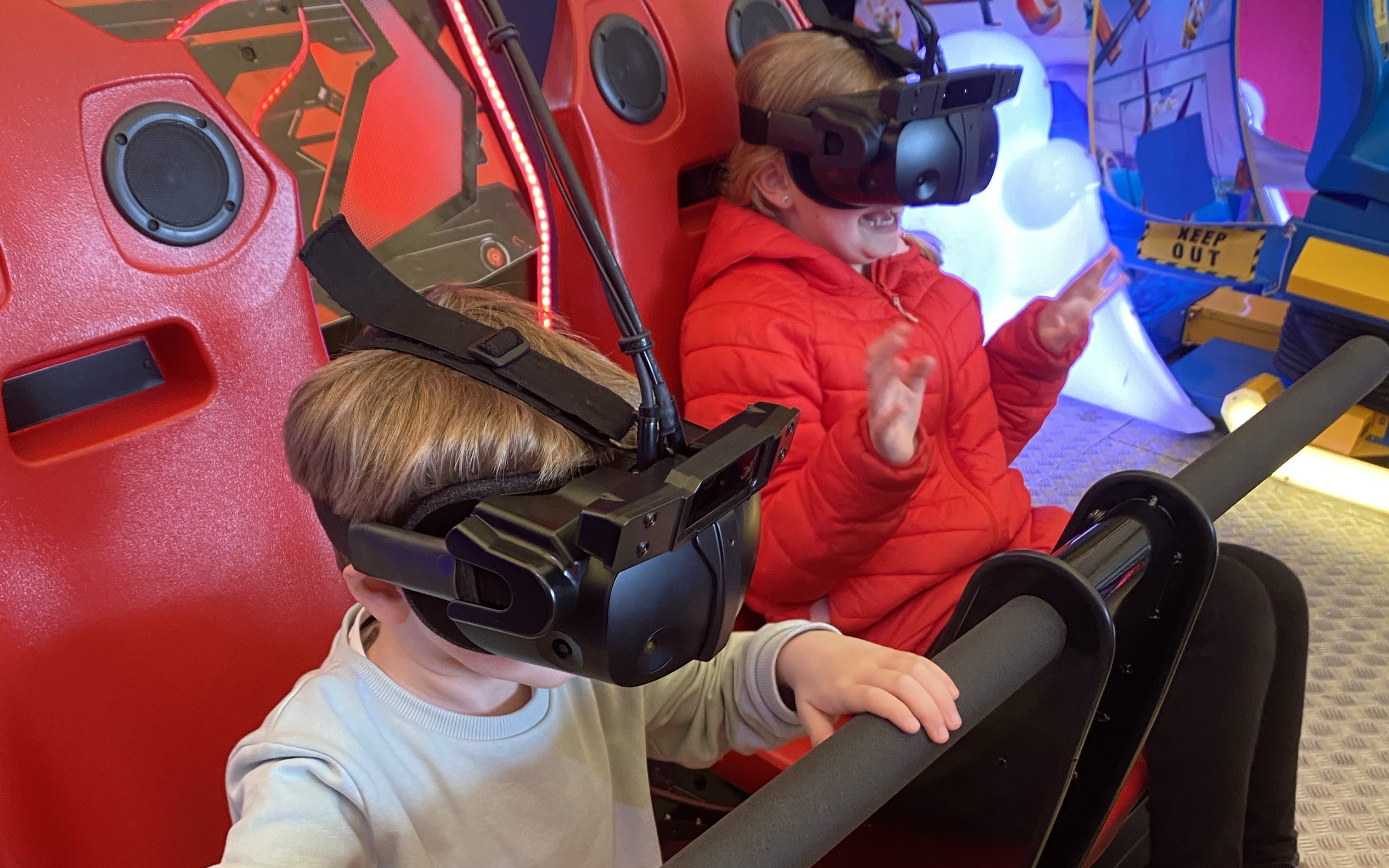
The ultimate goal of VR tech is to bring our senses to the virtual world of the Metaverse. Some of them are quite impressive and have real potential to enhance accessibility of experiences. For example Haptic Gloves that provide sensory feedback, that allow people to experience the sense of touching virtual objects.
Having trialled a couple of VR headsets with my children I would suggest they are not yet accessible to the vast majority of pupils I have worked with. They are disorienting, heavy and uncomfortable. To get a good clear image you need to adjust them accurately which you can’t do for someone. You can’t see their eyes to gain communication about whether this has worked. So the sensory input already may be overwhelming for some. it would be essential to get the very first experience right.
A better option might be Augmented Reality or AR. This is the platform I use for my first Sensory Story in the Metaverse project. You can use a device such as phone or tablet to overlay virtual images/objects onto the real environment. Not as immersive but easier to use.
With a few innovative colleagues you could set up virtual meets/social scenarios for you pupils across the world. A lot of though needs to go into security and online safety.
Blockchain
The Blockchain will be the backbone of virtual worlds with any financial element. Current Metaverse digital World projects @decentraland or @TheSandboxGame already operate on blockchain technology.
Today, people can buy virtual clothes and even land in Metaverses using Cryptocurrency and manage their assets in the form of NFTs (Non-fungible tokens) Fashion companies are already seeing the trend and experimenting with designing virtual clothing. Recently Fast food outlets have been registering trademarks for Metaverse projects.
For my project I bought an NFT that was linked to the Excel Centre in London. This ownership is stored on a blockchain. It can be sold, used, or potentially lost if “OverTheReality” the company are hacked or close.
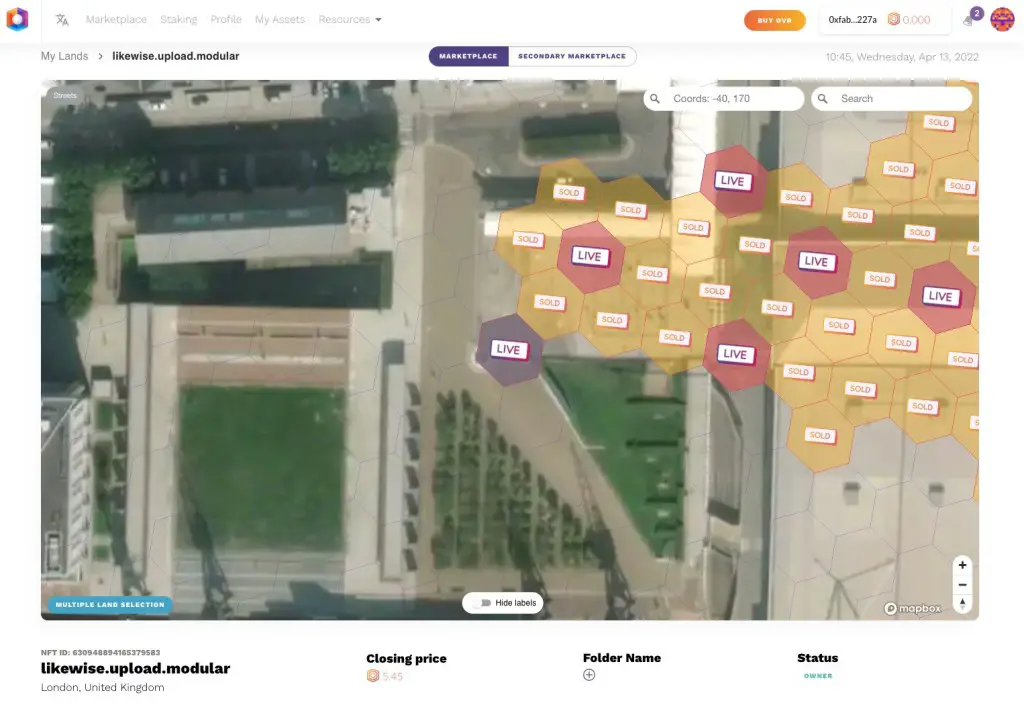
Financial Risk
Potentially this is an area school business managers will face real challenges with. The volatility of Cryptocurrency and tokens presents huge risks. I can see potential for major EdTech companies to provide bridges into the financial element of this for schools. You could for example buy a piece of virtual land to build a replica of your school, host training, deliver online lessons in. As this is brand new tech you could invest time and energy in a Metaverse that fails.
Some companies are selling virtual overlays based on real world locations. You can buy that location through their ecosystem. So you could “buy” the layer geolocated to your school. There are many of these and I doubt all will survive the year.
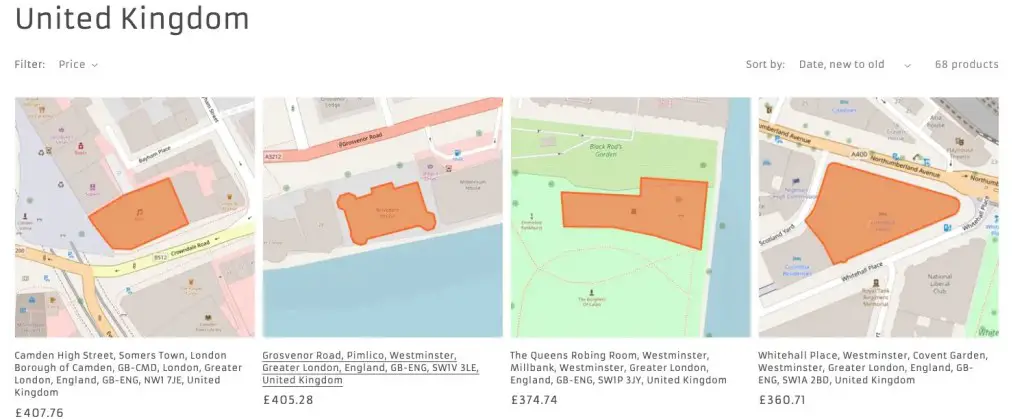
Schools Computer/Internet Speed
Access to the Metaverse access is reliant on a stable and fast internet connection. Many schools now have very good broadband but probably not enough for multiple pupils to access these areas together. It is unlikely any current school hardware will be suitable for accessing the Metaverse as it develops and becomes more graphics intensive.
Filters and online safety will become even more important. The metaverse in some form or other will be part of the future and we need to prepare pupils for the dark side of these new virtual worlds.
Metaverse Risk Vs Reward
Initial Metaverse projects are already a reality. However the barriers to access are currently huge. Investment in such technology is a risk to schools and other educational establishments. Anyone who has attempted to launch an edtech project in a school knows the difficulties adoption will face.
Current immersive experiences often require complex projectors and lights which are expensive, time and resource heavy. There is a place for immersive experiences provided by Metaverse environments. Currently the technology is in its infancy so I wouldn’t suggest schools rush to invest. It does have significant accessibility issues. However if companies consider this during development it could overcome barriers and support the teaching and learning of many pupils.
The Educational Metaverse refers to the integration of virtual and augmented reality technologies within the educational system to create immersive and interactive learning experiences. Here are five ways the Educational Metaverse could enhance learning for pupils:
- Personalized Learning: The Educational Metaverse allows for personalized learning experiences tailored to individual students’ needs, interests, and learning styles. This can lead to more effective and efficient learning.
- Engaging and interactive content: The Educational Metaverse provides access to immersive and interactive content that can make learning more exciting and engaging for students. This can lead to increased motivation, better retention, and a deeper understanding of the subject matter.
- Collaborative learning: The Educational Metaverse allows students from different geographical locations to collaborate in real-time, creating opportunities for global learning experiences and cross-cultural exchanges.
- Learning by doing: Virtual and augmented reality technologies enable students to learn by doing, providing simulated environments where they can safely practice skills and apply knowledge. This can lead to more effective learning outcomes and increased confidence.
- Accessibility: The Educational Metaverse can help to bridge the digital divide by providing access to educational resources and opportunities for students who may not have access to them otherwise. This can level the playing field and promote greater educational equity.
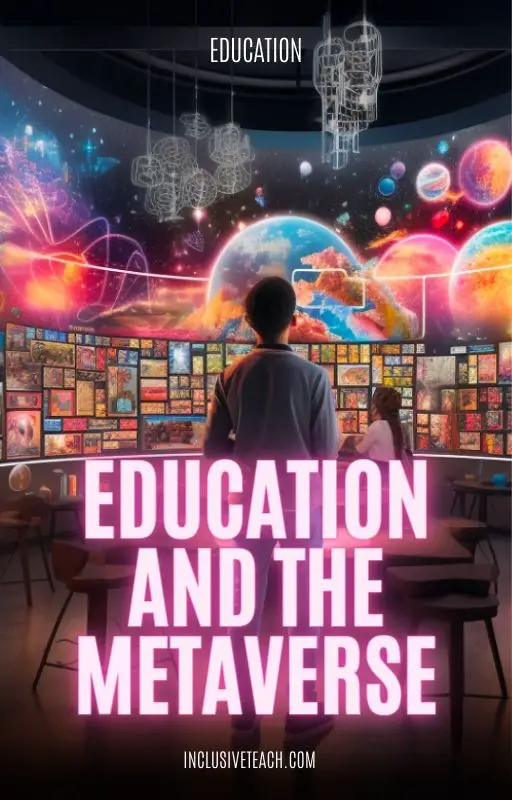
The Educational Metaverse has the potential to transform the learning experience, making it more engaging, effective, and inclusive for students around the world. The Technology must become more accessible and probably separate itself from Crypto to gain adoption in schools.

